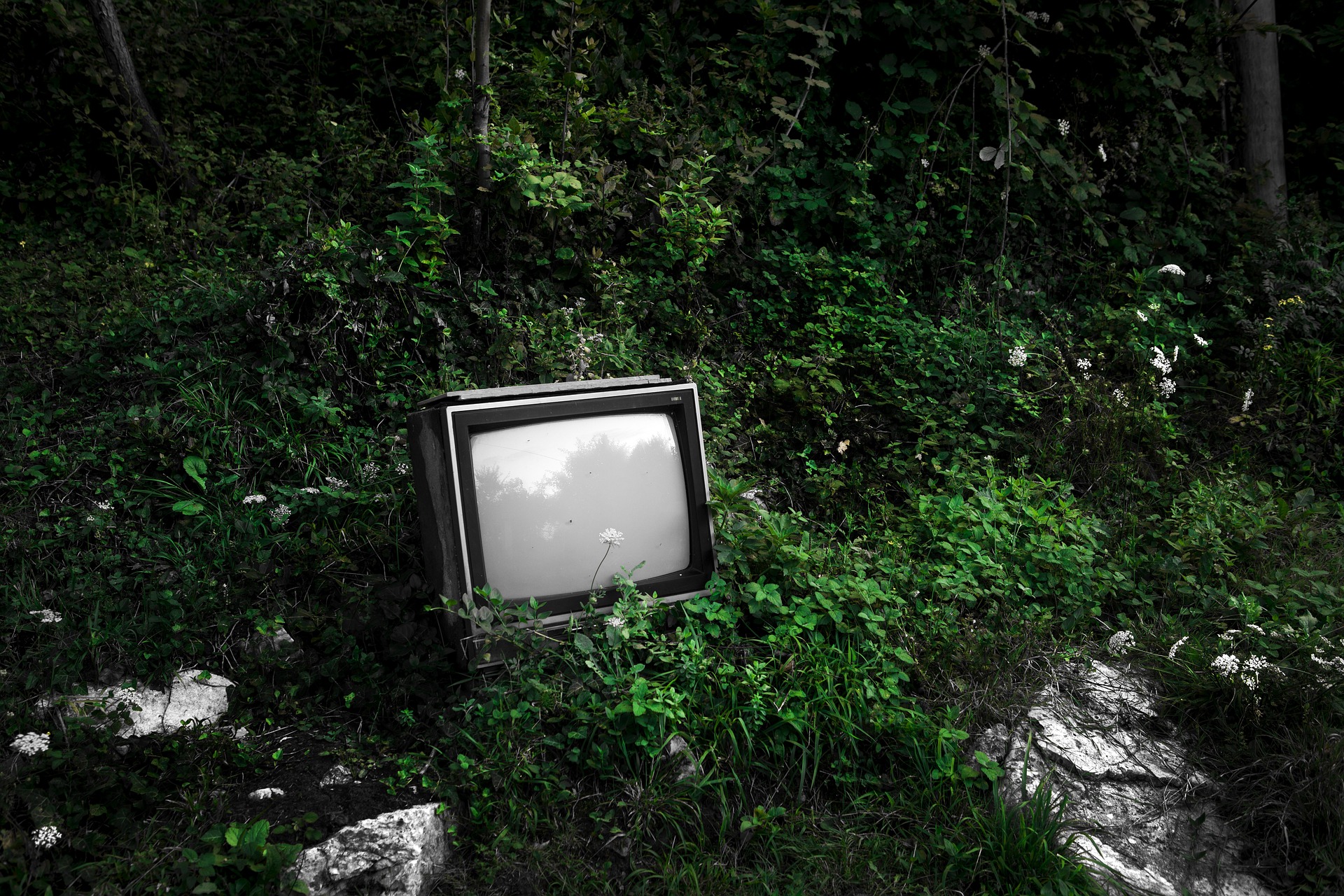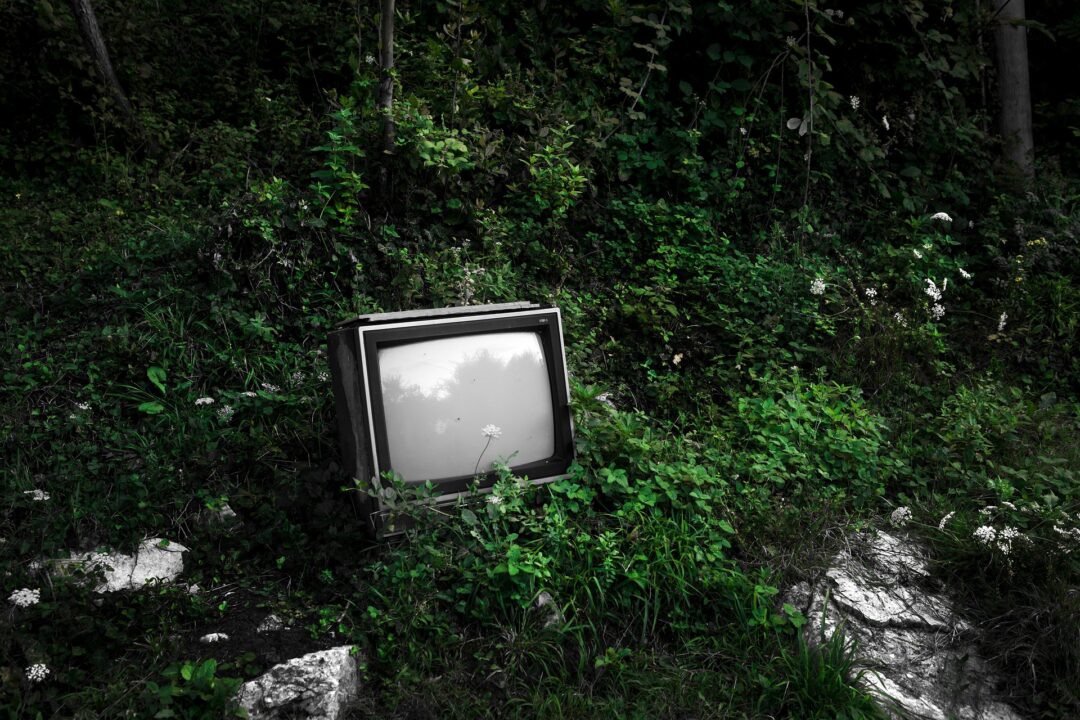
Image by Önder Örtel from Pixabay
This is a contributed post and may contain affiliate links
In today’s society, technology is everywhere and has become an essential part of our lives. We rely on our electronic devices to communicate, work, and entertain ourselves. However, many of us do not realise that the disposal of these devices is harming the planet. The truth is, tech trash is becoming a severe problem, and it’s damaging our environment in ways we cannot imagine. So, before you throw away that old device, read on to learn more about the consequences of tech waste and how you can help.
Understanding electrical and electronic waste
Electrical or electronic waste, also known as WEEE waste, is defined as any electronic device that has been discarded after use. This includes devices such as computers, laptops, televisions, household appliances, and many more. The disposal of these devices has become a significant concern due to the hazardous materials that they contain—e-waste that is not disposed of properly can leak toxic chemicals that pollute air, water and soil.
The prevalence of tech trash
The prevalence of tech trash is becoming a serious global concern. According to the United Nations, the world produces up to 50 million tonnes of e-waste each year, with this figure expected to rise as global living standards improve. In the UK alone, 23.9kg of electronic waste is generated per person, making it the world’s second-largest contributor of e-waste. This means that the majority of e-waste ends up in landfills or is incinerated, which can have a detrimental impact on the environment.
The hidden dangers of improper disposal of e-waste
When e-waste is not disposed of properly, it can produce hazardous chemicals that can harm the environment and human health. For example, most old televisions and computer monitors use cathode ray tubes (CRTs), which contain lead and other toxic metal compounds. Other e-waste can also contain mercury, cadmium, and other hazardous materials that can be harmful to human health.
The environmental impact of e-waste
The environmental impact of e-waste is also significant. When these devices are left in landfills, toxic metals and compounds can seep into the soil and groundwater, contaminating the environment and harming local wildlife. For instance, when e-waste is incinerated, it can release toxic gases such as dioxins and furans into the air, which can cause respiratory problems and other health issues.
Ways to recycle or dispose of old devices responsibly
Fortunately, there are ways to recycle or dispose of old electrical and electronic devices responsibly. If your old devices are still functional, one option is to donate them to a nonprofit or charitable organisation. A lot of these organisations refurbish old devices and give them to those in need. Another option is to send your weee waste collection to a certified e-waste recycler. These recyclers have specialised facilities that allow them to extract and salvage valuable materials from devices before repurposing them into new products. Additionally, many electronics manufacturers provide WEEE waste recycling schemes, which allow you to return your old devices to the manufacturer for recycling rather than throwing them out with general waste.
Tips for reducing tech trash
Reducing tech trash is becoming increasingly important for protecting the environment and human health. Below are some tips for reducing your tech trash:
- Make the most of your electronic devices. The longer you use your devices, the less e-waste you will produce over your lifetime.
- Buy refurbished or used devices instead of getting new ones. Refurbished devices are often less expensive than new ones and can be just as good.
- Recycle your old electronic devices properly. Send your old devices to a certified e-waste recycler to ensure proper recycling, or contact your local council to find out more about e-waste recycling schemes.
- Purchase devices with replaceable parts when possible. These electrical and electronic devices can be repaired instead of being thrown away.
Conclusion
Tech trash is a growing problem that is damaging our environment in many ways. The disposal of electronic devices is harmful to the environment, and it’s essential to dispose of them properly. By donating your old devices, sending them to a certified e-waste recycler, or participating in recycling schemes, you can help reduce the amount of e-waste that ends up in landfills. You can also help protect the environment and reduce your carbon footprint by purchasing only what you need and extending the life of your devices as much as possible.

